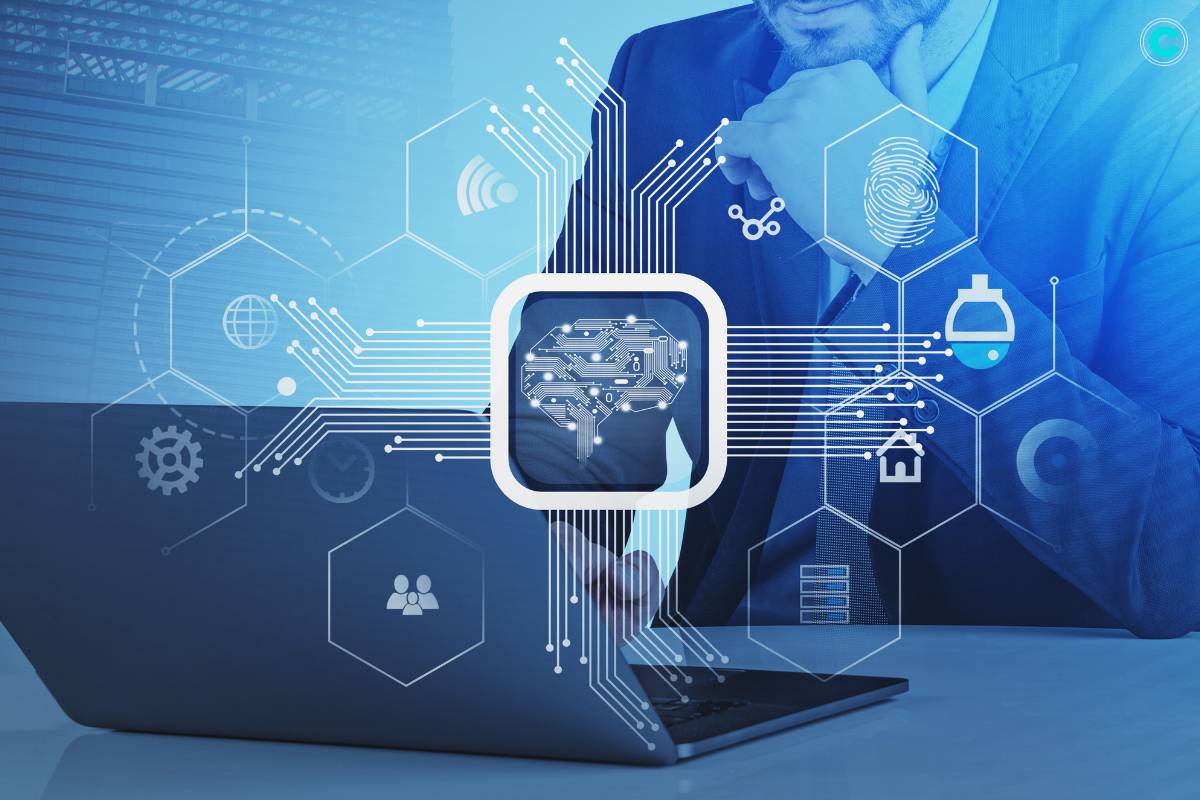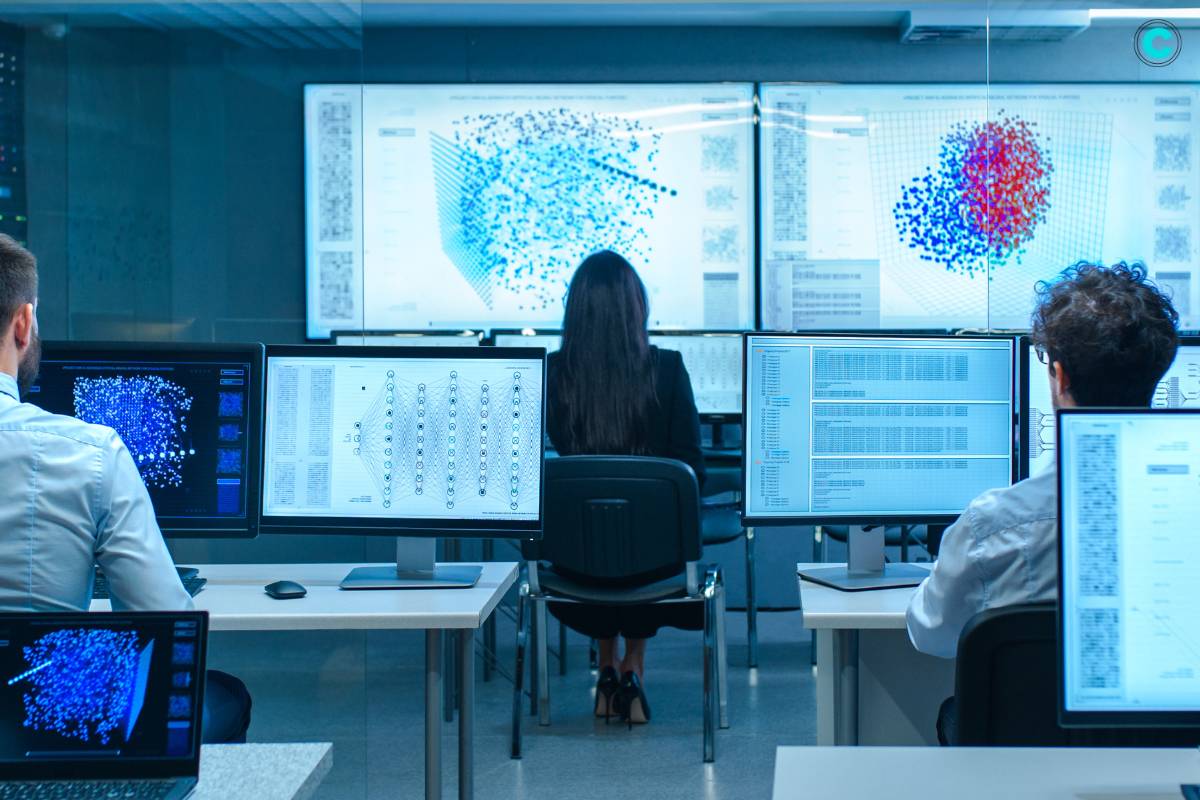In today’s data-driven world, the ability to extract valuable insights from complex datasets is crucial for making informed decisions and driving innovation. Machine learning pattern recognition stands at the forefront of this endeavor, offering powerful techniques for identifying and interpreting patterns within data. From recognizing faces in images to detecting fraudulent activities in financial transactions, its algorithms play a pivotal role in a wide range of applications across various industries. In this comprehensive guide, we’ll delve into the principles, techniques, applications, and FAQs, empowering you to unlock its full potential and harness its capabilities for your own projects and initiatives.
Understanding Machine Learning Pattern Recognition:

At its core, machine learning pattern recognition involves the process of training algorithms to identify and interpret patterns within datasets, enabling them to make predictions, classifications, or decisions based on observed patterns. This encompasses a wide range of tasks, including image recognition, natural language processing, anomaly detection, and more.
Key Techniques in Machine Learning Pattern Recognition:
1. Supervised Learning:
In supervised learning, algorithms learn from labeled examples, where each data point is associated with a known outcome or target variable. By analyzing these labeled examples, the algorithm can learn to recognize patterns and make predictions on new, unseen data.
2. Unsupervised Learning:
Unsupervised learning involves training algorithms on unlabeled data, where the objective is to uncover hidden patterns or structures within the dataset. Clustering algorithms, such as K-means and hierarchical clustering, are commonly used in unsupervised learning for pattern recognition tasks.
3. Deep Learning:
Deep learning, a subset of machine learning, leverages neural networks with multiple layers of interconnected nodes to learn complex representations of data. Convolutional Neural Networks (CNNs) are particularly well-suited for tasks such as image recognition, while Recurrent Neural Networks (RNNs) are often used for sequential data, such as text and time series.
4. Feature Extraction and Selection:
Feature extraction and selection techniques are essential for identifying relevant patterns in high-dimensional data. Dimensionality reduction techniques, such as Principal Component Analysis (PCA) and t-distributed Stochastic Neighbor Embedding (t-SNE), can help reduce the complexity of the dataset while preserving important patterns.
5. Ensemble Learning:
Ensemble learning combines multiple machine learning models to improve prediction accuracy and robustness. Techniques such as Random Forests, Gradient Boosting Machines (GBMs), and Stacked Ensembles leverage the collective intelligence of diverse models to enhance pattern recognition performance.
Applications of Machine Learning Pattern Recognition:

1. Image Recognition and Computer Vision
It is widely used in image recognition and computer vision tasks, including object detection, facial recognition, and scene understanding. These applications have numerous real-world implications, from autonomous vehicles to medical imaging.
2. Natural Language Processing (NLP)
In natural language processing, these techniques are employed for tasks such as sentiment analysis, named entity recognition, and machine translation. NLP applications enable computers to understand and generate human language, facilitating communication and information retrieval.
3. Anomaly Detection and Fraud Prevention
It is instrumental in anomaly detection and fraud prevention systems, where algorithms analyze patterns in data to identify suspicious activities or outliers. These systems are used in finance, cybersecurity, and healthcare to detect and mitigate fraudulent behavior.
4. Speech Recognition and Language Understanding
Speech recognition systems leverage machine learning pattern recognition techniques to transcribe spoken language into text, enabling applications such as virtual assistants, voice-controlled devices, and speech-to-text software. Language understanding applications enable computers to interpret and respond to user commands and queries.
5. Medical Diagnosis and Healthcare

In healthcare, It is used for medical imaging analysis, disease diagnosis, and patient monitoring. These applications aid healthcare professionals in detecting patterns indicative of various medical conditions, guiding treatment decisions, and improving patient outcomes.
FAQs (Frequently Asked Questions)
1. What distinguishes machine learning pattern recognition from traditional statistical methods?
It differs from traditional statistical methods in its ability to automatically learn patterns from data without explicit programming. Machine learning algorithms can discover complex patterns and relationships in data, enabling more accurate predictions and classifications.
2. How do machine learning algorithms learn to recognize patterns?
Machine learning algorithms learn to recognize patterns by analyzing labeled examples or historical data. Through iterative training processes, the algorithms adjust their internal parameters to minimize prediction errors or classification losses, thereby improving their ability to recognize patterns in new, unseen data.
3. What are some challenges associated with machine learning pattern recognition?
Challenges include overfitting, where the model learns to memorize the training data rather than generalize to new data, and dataset bias, where the training data does not accurately represent the true distribution of the population. Other challenges include handling high-dimensional data, imbalanced datasets, and the interpretability of complex models.
4. How can I evaluate the performance of a machine learning pattern recognition model?
Performance evaluation metrics for machine learning pattern recognition models vary depending on the task and the type of data. Common metrics include accuracy, precision, recall, F1 score, area under the receiver operating characteristic curve (AUC-ROC), and mean squared error (MSE). It’s important to select metrics that are relevant to the specific problem and application.
5. What are some best practices for deploying machine learning pattern recognition models in production?
Best practices for deploying machine learning pattern recognition models include thorough testing and validation, monitoring model performance over time, ensuring data quality and consistency, implementing robust error handling mechanisms, and providing ongoing maintenance and updates as needed.
Conclusion:
Machine learning pattern recognition is a powerful tool for extracting actionable insights from data and making informed decisions across a wide range of domains and applications. By leveraging techniques such as supervised learning, unsupervised learning, deep learning, and ensemble learning, organizations can uncover valuable patterns and trends within their data, enabling them to gain a competitive edge, drive innovation, and deliver value to their customers and stakeholders. As machine learning continues to evolve and advance, the role of pattern recognition will remain central to unlocking new opportunities and addressing complex challenges in the ever-changing landscape of artificial intelligence and data science.






